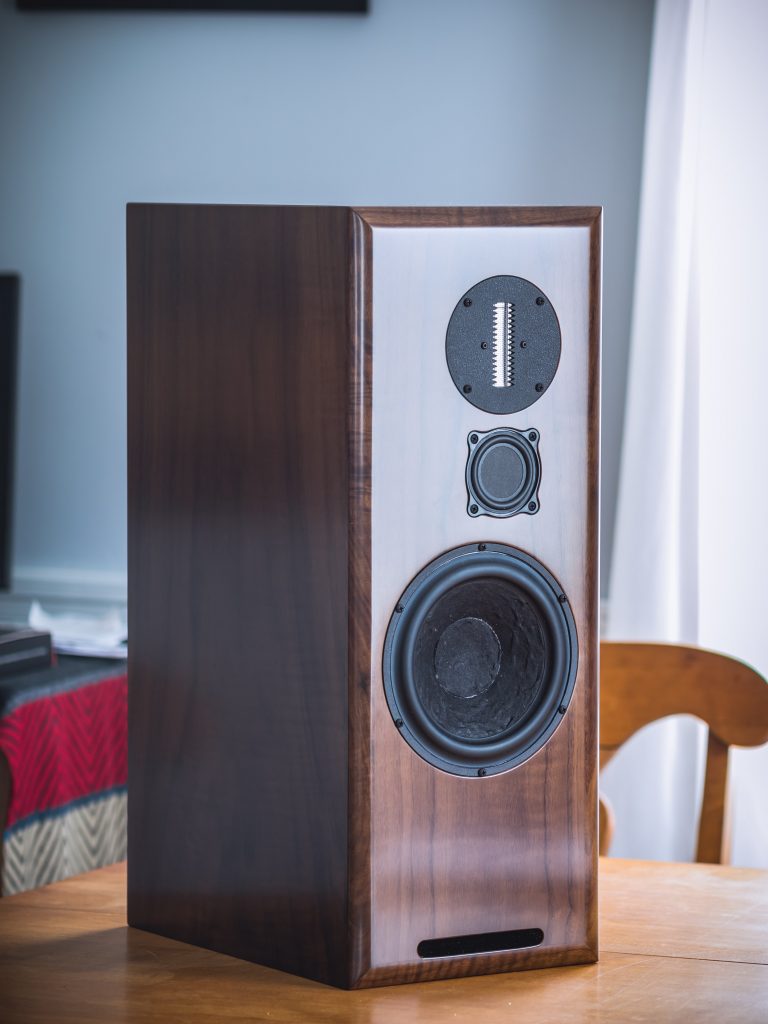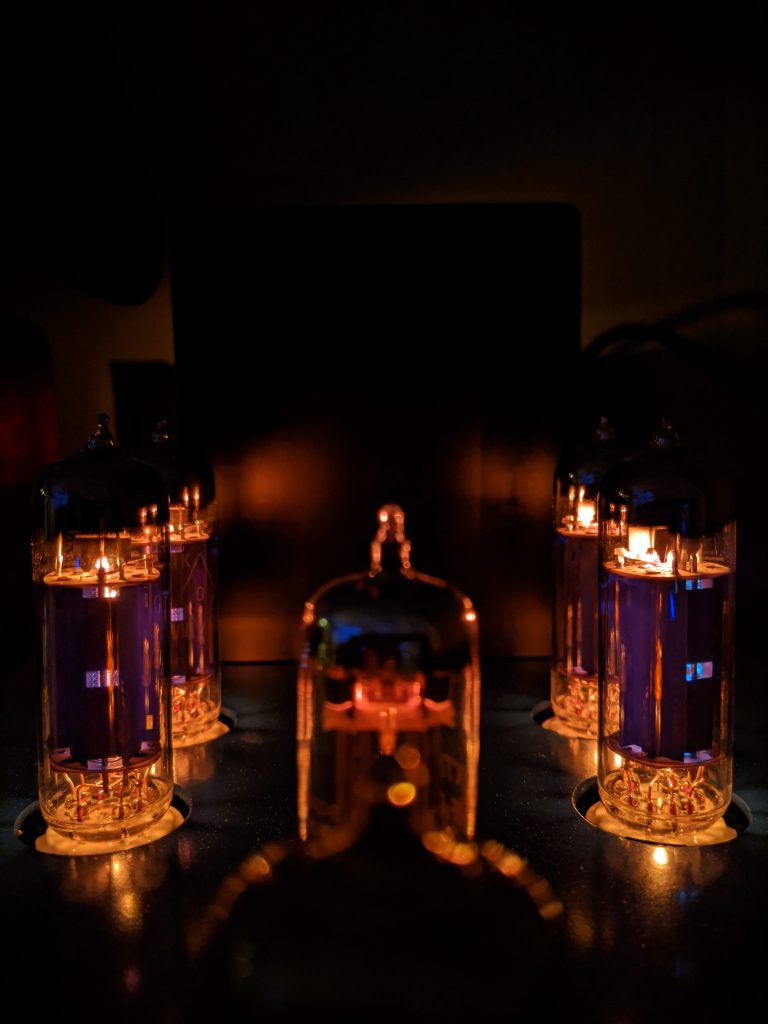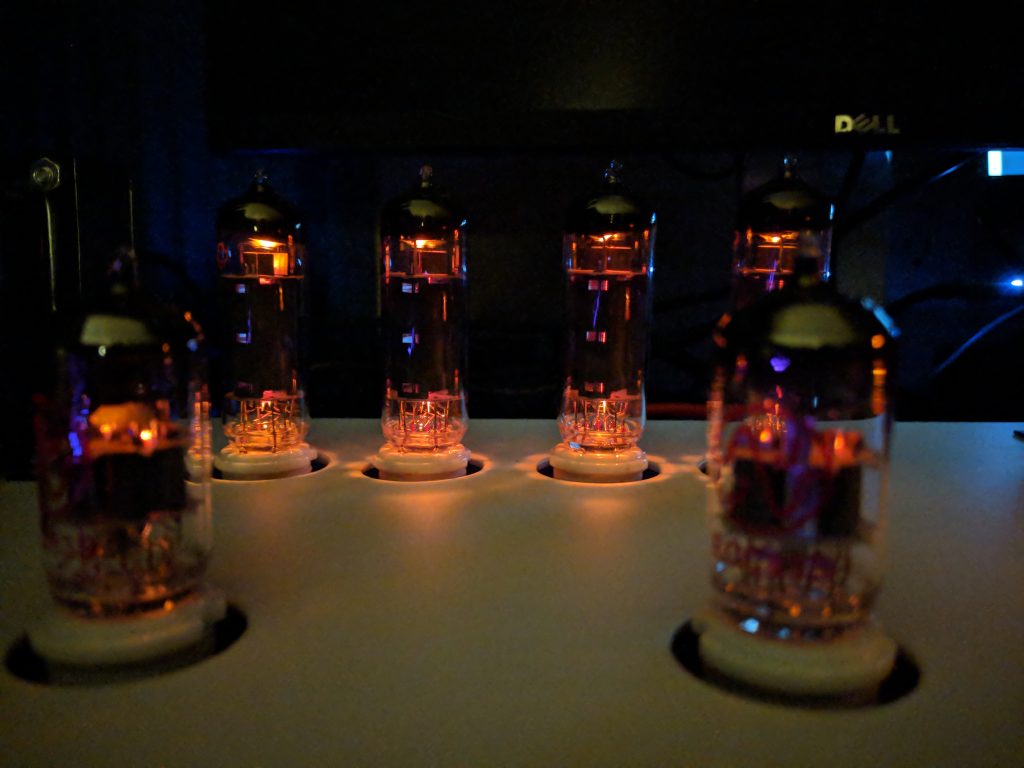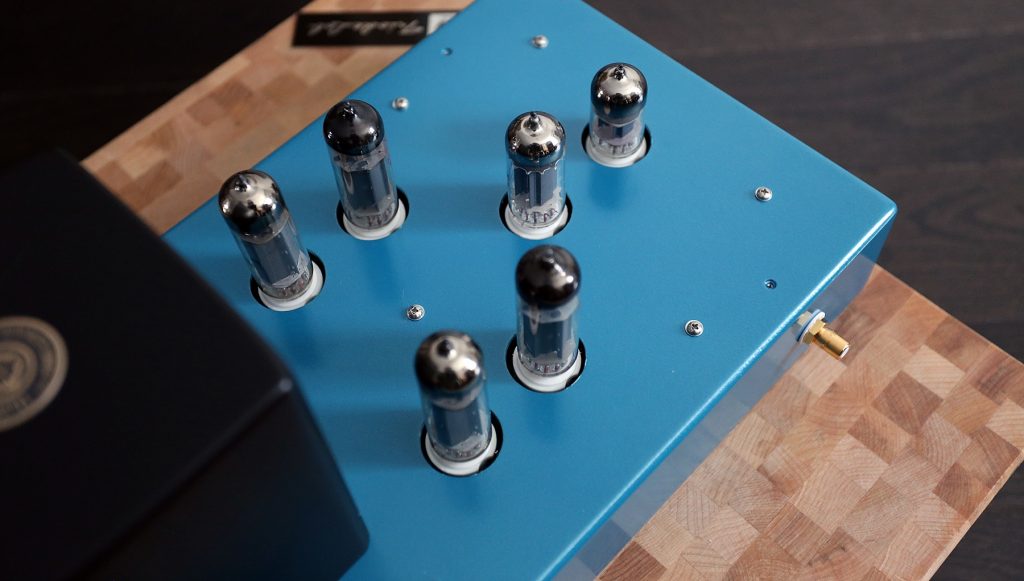In recent years, it’s become ever apparent that vacuum tubes have become a topic of much contention in the audio world. The primary driver behind this, in my opinion, is the rising popularity of “data driven audiophiles” as I like to call them. I would, in fact, put myself in partially in this group as well. That by itself doesn’t explain the divide between those two measure and those who feel. To drive this point home, I’d like to talk about how I go about selecting, listening to, and reviewing equipment.
A word of warning – this may be rather lengthy. For those that are looking for the summary, please skip to the end.
Data-Driven versus Heart-n-Feel
If I’m honest, I feel that both camps are right. When I’m purchasing a new piece of equipment or set of speakers, the first thing I do is go measurement hunting. I’m not going to waste my time with something poorly engineered, no matter how pretty it is. I do believe in DSP and use it via Roon to fix imperfections caused by the room my speakers are in – I’m still waiting for a “dedicated” listening space, but we’ll see if that ever happens with kids.

Moving on though, I think that you have to be in both camps to get the best result in the end. Measurements matter for narrowing down, but it’s your impressions that carry you the rest of the way. A perfect example is the ever lauded KEF LS50 (and LS50w by extension) monitors. I respect KEF for all of the audio engineering they put into their line-up, following sound engineering principles that result in speakers that aren’t completely dependent on the room to sound decent. On top of that, I do believe their speakers have pretty high WAF.
I’ve probably listened to them a dozen times in different rooms with different partnering equipment, but the result was always the same for me. They’re boring to listen to – I start to fall asleep every single time. The engineer side of me says that I must simply not enjoy a flat speaker. I know this not to be the case though, as I quite enjoy offerings from Revel and the famed Philharmonic Audio BMR (now sold here by Salk Sound).
I have pondered on this for quite some time and the best I could come up with is that measurements aren’t the be-all end-all. Sure, they can get you very close to the final product, but to win the race you need something extra.
How do vacuum tubes figure into this?
I’m glad you asked. Vacuum Tubes are well known to most audio enthusiasts, but for the “data-driven” elite, they are only viewed as a relic of the past. I understand this sentiment, since there is no way a vacuum tube can match the measurements of modern Class D amplification. The quietest tube amps today can barely crack .01% THD; that’s only -80 dB of noise and that’s usually at a low wattage output. As the output rises, you will see most manufactures list 1% THD at full output. Whether that’s audible or not is up to interpretation. For the class D brethren though, we are seeing distortion numbers as low as the best DAC’s out there.

In the face of all these numbers, I often ask myself “why isn’t this more popular? Why aren’t more people paying attention to the numbers?”
For that answer, I keep coming back to the same answer. People like how something sounds and no one is going to tell them different. When it comes to tubes, I get it. I am very fond of EL84’s myself and have gathered enough to last me a lifetime.
Circling back to the tube distortion numbers though, there’s something important to consider. For the best tube amps out there, even .1% distortion is well below what speakers are capable of. Strictly speaking, speakers have always been (and will be for a while most likely) the “weakest” link when it comes to distortion measurements. Sure, some people will always strive for having the best of the best before the drivers, but I think this is where vacuum tubes shine.
Harmonics
It’s often said that tubes are enjoyable because the distortion they add is even-ordered in nature. As such, their distortion is more enjoyable to listen to. This is true, but I don’t think it’s the primary reason that enjoy tubes. I’m going to step into the “feeling it” side a bit by saying that it’s all about the realism presented by tubes. What that means is hard to quantify in my opinion, even though there are those that would argue otherwise.

I will 100% agree that the harmonics can be added via DSP, but one thing you can’t easily model (and change via DSP) is the interaction between a tube amp and the loudspeaker. It’s well known that the frequency response and power output of tubes changes with the impedance of a speaker throughout its range. It’s my personal belief that it is this interaction that makes up the magic of tube amps.
I think this is also why speaker selection is much more difficult with a tube amp than via solid-state.
Power Output and Modes of Operation
The most I will say about mode of operations is that people tend to go between triode and ultralinear. With some setups, you don’t have a choice, but the you almost never see pure pentode. For more information, I highly recommend this quick read.
As far as power output is concerned, just be aware that most tube amps range from 20-60 watts. In my opinion, this is perfect for everything but the most power hungry speakers. Once you get into the lesser ranges (2-10 watts), that’s where speaker selection and room size become paramount.
A quick note on circuit design and iron
I’m a firm believer that well designed tube amps absolutely compete with solid state designs. If this weren’t the case, then they wouldn’t be popular. That said, I think while it’s okay to generalize the characteristics of a tube type, know that the surrounding circuit and quality of transformers play a far larger role in determining the final product.
For example, with my reference tube amp, the output transformers weigh ~9lb each. While weight alone doesn’t determine the quality of a transformer, it’s definitely a good thing. I won’t get into the specifics what makes a good transformer from a bad one, but just know that they are also the most pricey part of a vacuum tube amplifier. Mine come in at a cool $1100 for the pair.
Finally, what I’ve been waiting for…
Why talk about tubes now? Well, I’ve been coming up with a rather fun experiment and I’m waiting on confirmation from a few manufacturers.
The EL84 is my favorite power tube of all time. In my opinion, it does everything right. It has a lovely mid-range, it has good power for its size, and it lasts a long time. When the biggest power tubes today are rated for 2-3000 hours, it’s truly a godsend when good EL84’s are good for 10k+ hours.
I am trying to line up a series of EL84 amps to directly compare against each other. I will divide them into two categories: single-ended and push-pull. If everything goes according to plan, I will have a few amps in each category with prices ranging from a few hundred bucks to five figures!
I hope to have more details very soon, so be on the lookout.

